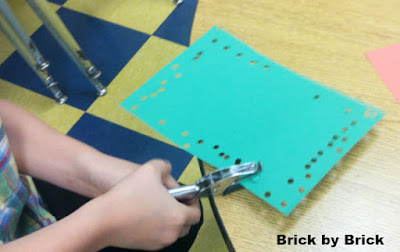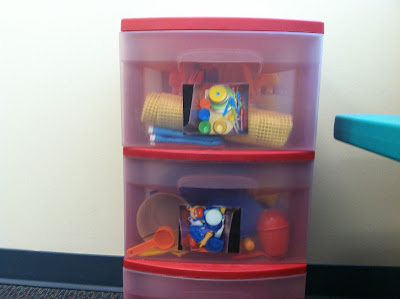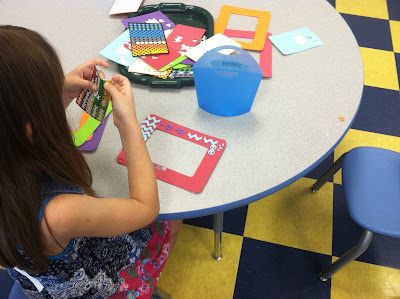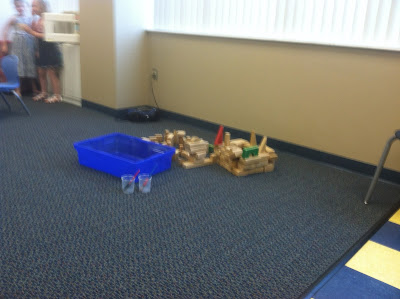
I am reading and reflecting on the book Teach Like a Pirate by Dave Burgess. The "pirate" philosophy is built on these things: Passion, Immersion, Rapport, Ask/Analyze, Transformation, and Enthusiasm.
Transformation and Enthusiasm
These two parts of the philosophy seem to go close together, as I read it. In Transformation, we look at expectations of students and work to change any negative feelings or ideas to more positive ones. Enthusiasm is changing ourselves to be more engaged and excited about the classroom. Both of these seem, to me, to link together and play off each other.
Dave Burgess challenges us to create classroom experiences that will stand out in students' minds. He says to be remarkable, getting talked about (in a good way). He urges us to create a classroom that students want to be in. Lessons should be a "show" that students want to pay to attend. We should help students know and understand why they need to learn what we're teaching; we need to make connections and help kids see value in learning our content.
Burgess writes: "Provide an uncommon experience for your students and they will reward you with an uncommon effort and attitude."
Related to creating that uncommon experience is the enthusiasm that we bring into the classroom. What can dampen our enthusiasm? Unmotivated students, physical or mental tiredness, lack of resources - all kinds of forces can make us less motivated and less enthusiastic about teaching. But Burgess stresses that all students deserve the best we can give for every lesson. He says we should avoid letting things we cannot control dampen our enthusiasm.
I liked the tips that Dave Burgess gave to do when enthusiasm just isn't there:
- "Act as if" - Act in an enthusiastic way. If we act as if we did feel enthusiastic, our mental and physical selves begin to adjust and we do begin to feel enthusiastic.
- Rituals - Follow some rituals or routines (for yourself and/or your class) as you begin. As we repeat these things, we give signals to our minds. These anchors help us change into our enthusiastic selves. Playing the same music, using the same greeting, or beginning with a familiar activity all can create the proper frame of mind.
- Change your focus - Focus on the positives and not the negatives. The majority of students are eager and ready to learn; focus on thinking about them instead of the few "troublemakers." We can focus on what makes us feel empowered rather than what drains us.
"Your attitude," writes Burgess, "carries with it your single most important tool to influence your classroom." We can change the atmosphere of the learning environment by the way we think, the way we act/react, and the way we build expectations.
I've seen this happen in my classrooms (of all ages). When I communicate the idea "This is something great and exciting and I can't wait to tell you about it", the kids are more engaged. One final quote: "If you apply nothing else from this book, but you consistently ramp up your enthusiasm level in the classroom, you will be far ahead of the game and a dramatically better teacher."
How do you create an engaging, enthusiastic environment for students?



































